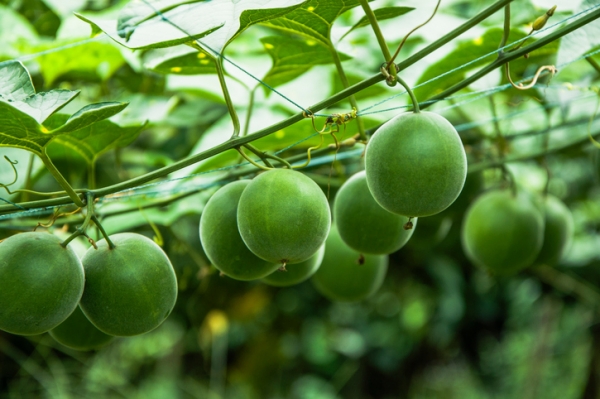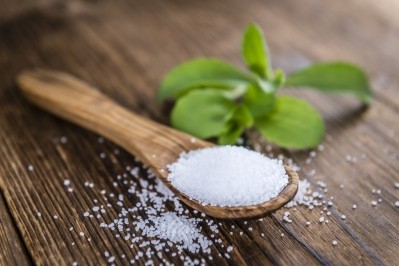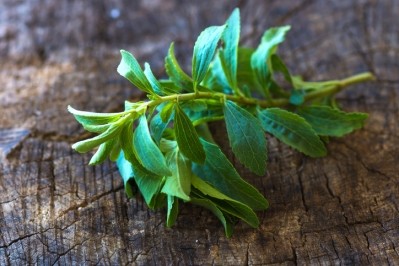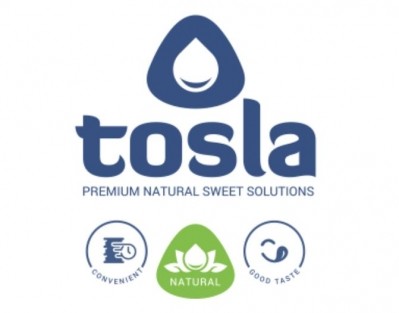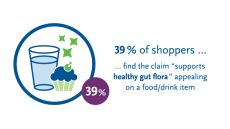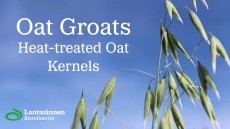Monk fruit-stevia blends are still best for natural sugar reduction, says Layn
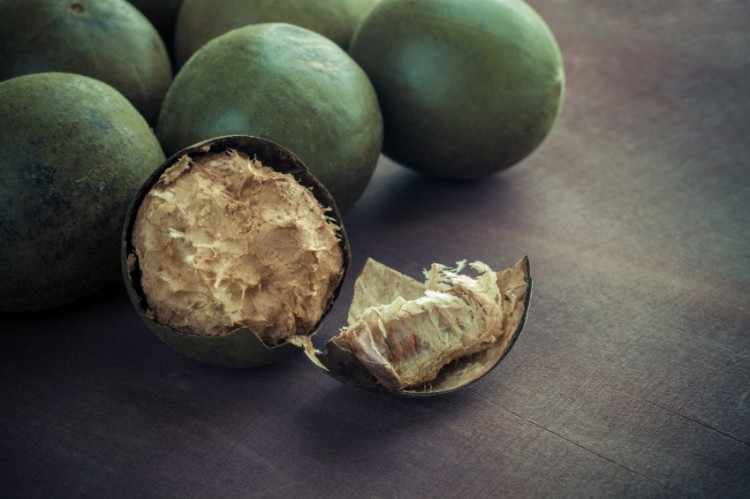
Headquartered in Guilin, China, where monk fruit originates, Chinese supplier Layn has applied for a scientific opinion to the European Food Safety Authority (EFSA) for powdered monkfruit and is awaiting EFSA’s risk assessment.
The ingredient is already approved in Asia, the US and some Latin American countries, and Layn expects to get the green light to sell in Europe "anytime between tomorrow and April 2018 at the very latest", according to managing director and president of Layn Europe Luca Pennestri.
It is already testing recipes with interested manufacturers.
But, as Coca-Cola announces plans to pilot a Coca-Cola drink sweetened entirely with leaf-derived stevia, can monk fruit really become Europe’s favourite natural sweetener?
The CEO of Malaysian stevia supplier PureCircle, Magomet Malsagov, recently downplayed monk fruit as a serious competitor to stevia because of scalability issues. “Unfortunately, [monk fruit] grows in China on a particular mountain at a particular angle to the sun. It is very difficult to scale it. And it's very difficult to get the cost because the content of these molecules that makes it sweet are very small.
“It is a nice tool but it will not be a main driving force to reduce calories,” he said. “There is no alternative to stevia in the foreseeable future.”
According to Pennestri, however, these scalability arguments no longer hold water.
“The south area in Giulin is very large and we are now growing monk fruit in the two neighbouring regions so sourcing is really not a problem," he said at Food Ingredients Europe last week. "It might have been four or five years ago but not now. Layn is a pioneer in the area [of scaling up production] because we can have two crops a year.”
The quality and yield have proven to be similar to the standard autumn harvest, Pennestri said, and the dual crop should become commercially available in two years, enabling a five- to six-month supply of fruit annually.
The fruit itself cannot be eaten raw as it gives cramps, Pennestri added. “That also makes it very positive for us in sourcing because animals or people do not eat our crop.”
With a 50% mogroside-v content (the sweet-tasting active molecule in the monk fruit), its trademarked ingredient, Go Luo, is around 250 times sweeter than sucrose.
Monkfruit won’t be overthrowing stevia form the natural sweetener throne immediately, however, as it is still around three to four times more expensive.
“Just like stevia, the price of monk fruit will eventually go down as volumes grow, although probably not as low as stevia,” said Pennestri.
For the moment, Layn is therefore banking on blends of monk fruit and stevia (which it also supplies), such as its Lovia sweetener, to take cushion the cost.
“The monk fruit enhances the sweetness of stevia and masks the aftertaste while at the same time the stevia reduces the price of the monkfruit. At this moment, we believe this is the ideal and most interesting for all the food and beverage industry.
Advantages over stevia
Already in talks with European food and beverage manufacturers keen to use monk fruit, Layn sees potential in three categories.
“Ice cream is an important category for monk fruit because unlike stevia or other natural sweeteners, it performs very well at low temperatures and does not crystallise during the extraction process.
“This also means it performs well at high temperature so it’s great for bakery. We have some advantage over stevia here.”
The other main sector is beverages where efforts on reducing sugar have been most concentrated.
“Monk fruit could definitely rival stevia [as the choice natural sweetener] in beverages because it has a nice, pleasant taste so you don’t need to mask the bitter, metallic aftertaste.
“We manufacture stevia as well so we know both ingredients well, and while stevia is great you always have to reformulate to mask this taste."
When replacing sugar in food, monk fruit must be blended with a bulking agent. Layn recently developed a monk fruit-erythritol blend for a muffin and cake manufacturer.
Going global
Speaking with FoodNavigator, executive vice president of Layn Corp Frank Yongfu said the firm has been outpacing the market, with global sales of monk fruit over the past three years growing around 15 to 18% compared to Layn’s 20%.
The vertically integrated supplier recently quadrupled its capacity with expanded facilities in Guilin and opened an office and logistics centre in Savona, northwest Italy, last month.
It also opened a third party-certified R&D centre in Shanghai with a capacity for around 200 employees in January this year.
Despite these global ambitions, the company has no plans to outsource cultivation to other countries.
“China is a vast country and, being a typical and unique Chinese product, we would like to keep production in China,” Pennestri said.
